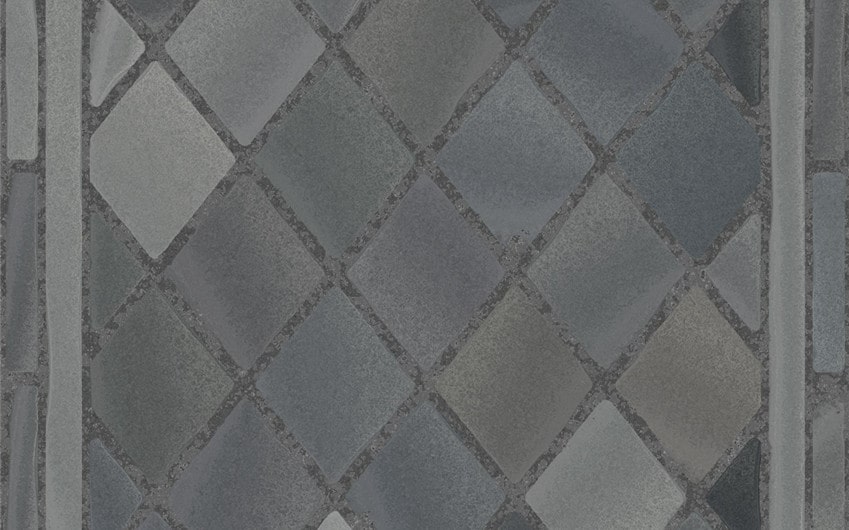Is a Rhombus a Parallelogram: Facts for Geometry Students
Geometry often brings up intriguing questions about shapes and their properties, like “Is a rhombus a parallelogram?” Understanding these distinctions can deepen our grasp of how different quadrilaterals relate. While parallelograms, by definition, have opposite sides that are parallel and equal, a rhombus takes things a step further with all sides equal in length.
In this article, we’ll explore the characteristics that classify a rhombus as a parallelogram, highlighting what makes it unique and why it fits within the parallelogram family. Whether you’re a student or just curious, clarifying these properties can make geometry much more intuitive.
Defining a Parallelogram

A parallelogram is a four-sided shape (quadrilateral) where opposite sides are both parallel and equal in length. Key properties include:
- Parallel and Equal Opposite Sides – Both pairs of opposite sides are parallel and identical in length.
- Equal Opposite Angles – Each pair of opposite angles is equal, creating balance within the shape.
- Supplementary Adjacent Angles – Adjacent angles add up to 180 degrees, which maintains the parallel structure.
- Diagonals Bisect Each Other – The diagonals of a parallelogram intersect at their midpoints, dividing each other into two equal halves.
What is a Rhombus?

A rhombus is a special type of parallelogram where all four sides are equal in length. Key characteristics include:
- Equal Sides – Unlike general parallelograms, a rhombus has all sides of the same length.
- Equal Opposite Angles – Opposite angles in a rhombus are equal, maintaining symmetry.
- Perpendicular Diagonals – The diagonals of a rhombus bisect each other at right angles (90 degrees), forming four right triangles within the shape.
- Diagonals that Bisect Opposite Angles – Each diagonal divides the angles at its endpoints into two equal parts.
How a Rhombus Meets the Definition of a Parallelogram
Because a rhombus meets all fundamental characteristics of a parallelogram and adds unique qualities, it’s classified as a specific type of parallelogram. Here’s how a rhombus fulfills each key aspect of a parallelogram:
1. Opposite Sides Are Parallel
In a rhombus, both pairs of opposite sides are parallel, which is the primary requirement for any parallelogram. This parallelism ensures that the sides facing each other will never meet, regardless of how far they extend.
For example, if you draw lines extending from each side of a rhombus, the opposite sides will always stay equidistant and parallel to each other, just as they would in a standard parallelogram.
2. Opposite Sides Are Equal in Length
A defining characteristic of a parallelogram is that opposite sides are equal in length. In a rhombus, this property is taken even further—all four sides are equal in length. This means that a rhombus not only meets the basic requirement for a parallelogram but also has the added feature of uniform side lengths.
This makes it a “special” type of parallelogram, where the equal length of all sides sets it apart from other types, such as rectangles or general parallelograms.
3. Opposite Angles Are Equal
Like all parallelograms, a rhombus has equal opposite angles. This means if one angle in a rhombus measures 60 degrees, the opposite angle will also measure 60 degrees.
The remaining two angles will be supplementary to this, meaning they will add up to 180 degrees (in this case, each of these would be 120 degrees). This property creates balance and symmetry in a rhombus, maintaining the same angle relationships that are found in any parallelogram.
4. Diagonals Bisect Each Other
Another property all parallelograms share is that their diagonals bisect each other, meaning they divide each other into two equal halves at the point where they intersect. In a rhombus, the diagonals not only bisect each other but also intersect at right angles (90 degrees), creating four congruent right triangles within the shape.
This perpendicular intersection of diagonals is unique to the rhombus and adds an additional layer of symmetry, but the basic property of bisecting diagonals aligns it with other parallelograms.
5. Symmetry and Balance
A rhombus, like all parallelograms, exhibits symmetry. The diagonals of a rhombus act as lines of symmetry, dividing it into two symmetrical halves. This symmetry reinforces the balance found in all parallelograms and helps maintain the parallel and equal properties of the sides and angles.
The additional symmetry in a rhombus, due to its equal side lengths and right-angle diagonals, highlights how it meets and exceeds the basic properties of a parallelogram.







